The best bit about being on foot is finding places that are otherwise tucked away. I headed out to Shipley Park, along the Nutbrook trail on a quest to find the Nutbrook pond. I didn’t find the actual pond (maybe it’s like an Australian creek – dry!), instead I found the Woodside Farm Nature Reserve. I settled for some real sheep, a hedgehog sculpture and some autumn leaves. It turns out that Kate and Jeff have tried to find this place on many occasions without success, so in my few days in Heanor I actually found things that people who’ve spent a lifetime here can’t!
Our last day in Derbyshire, so we were keen to stay close and enjoy the local area. Mum headed to Bakewell in search of a Bakewell tart/ pudding, while Kate and I headed to find some green hills and history in Cromford and Crich. The Cromford Canal gave me another good dose of Mallards, alongside a meticulously restored Morris Minor. This has also been the site of Antiques Roadshow recently… if only we’d timed it all better!
Cromford Mills was built in 1771 by Richard Arkwright, and is the birthplace of the modern factory system – a key part of the industrial revolution. Arkwright had designed the ‘waterframe’ machine to spin cotton in 1769, enabling large scale cotton production. In his quest for more power, he searched for a site to build a water powered mill and settled on Cromford for his first mill. As the site grew, Arkwright built housing and established the town to attract workers.
The mills ceased production in about 1840 due to water supply issues. Since then, the buildings have been used as a brewery, cheese warehouse, and paint dye production plant. The buildings eventually fell into disrepair and were at risk of demolition. Thankfully their historical value has been recognised and they are now a key part of the Derwent Valley Mills World Heritage Site.
Arkwright mills were replicated across the country using his machines and production system. The whole of the Derwent Valley in Derbyshire became a cotton-spinning area, making way for the textile industries in Heanor and Ilkeston. Innovation that started in Derby, and .changed the course of history and life as we know it.
We headed for Crich, enjoying views over Derbyshire and the little old villages that make up this part of the country. This green open space, and the heritage it holds is pretty special.
Since I was last here, Kate applied to get my Grandfathers WWII service history. We now have a window to his enlistment and his service, and little clues about the 18 year old Quantity Surveyor that left to serve with the Sherwood Foresters in India. It’s hard to imagine how this boy with a 35 inch chest (when fully expanded apparently – 31 1/8 otherwise!) would have felt as he lined up to serve his country, having left the new wife that he met at a dance in the baptist church.
One of the most special items is his ‘Officer’s Record of Service’ that he had to carry everywhere with him. Incredible that these items have been saved by the Army Personnel Centre for all these years.
Those who have seen previous blogs know that I’m as fascinated by the every day, as I am the heritage and countryside! Hello Tesco… time to enjoy the cakes, sweets and biscuits from childhood, along with the unfamiliar fruits, veggies and grocery items.
The highlight? The self scanning! Swipe your Tesco card, grab a scanner, scan the items as you put them in your basket or bag, then pay at the checkout on the way out. A much more efficient way of completing the self checkout, and an interesting innovation. We’ve seen so many jobs that have been automated in Australia that are still manual here, so it’s fascinating to see how automated this has become.
My last full day in Derby completed with homemade Blackberry and Apple Crumble, Party Rings, and possibly one last piece of Battenberg…
Love M & BBx
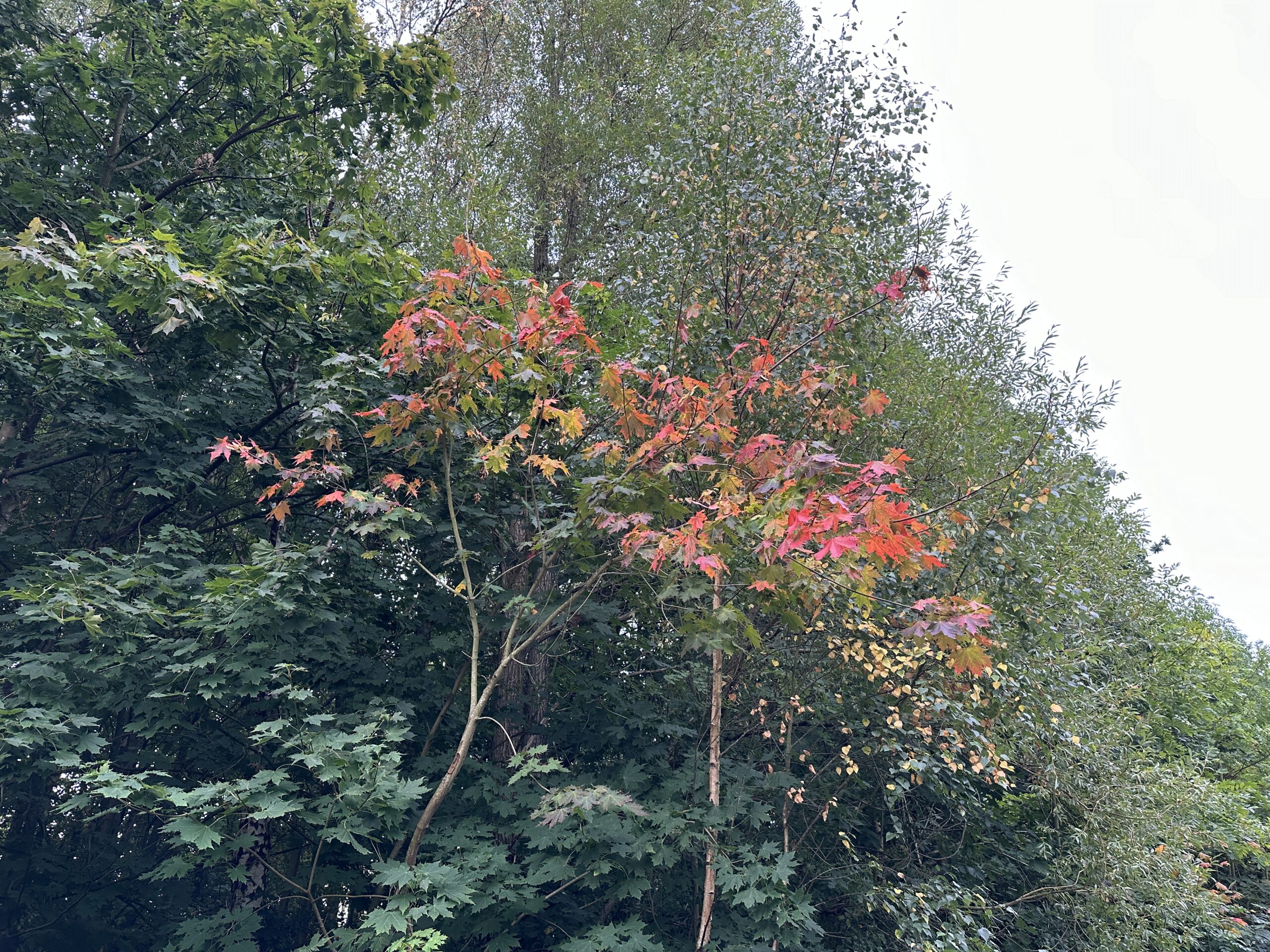
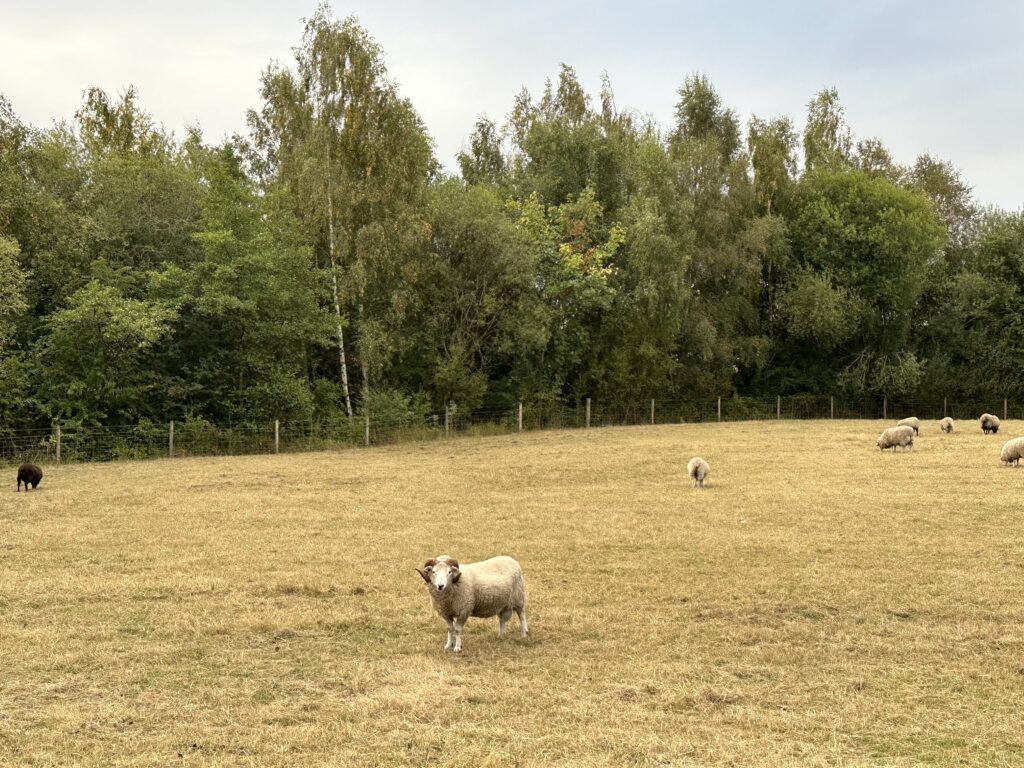
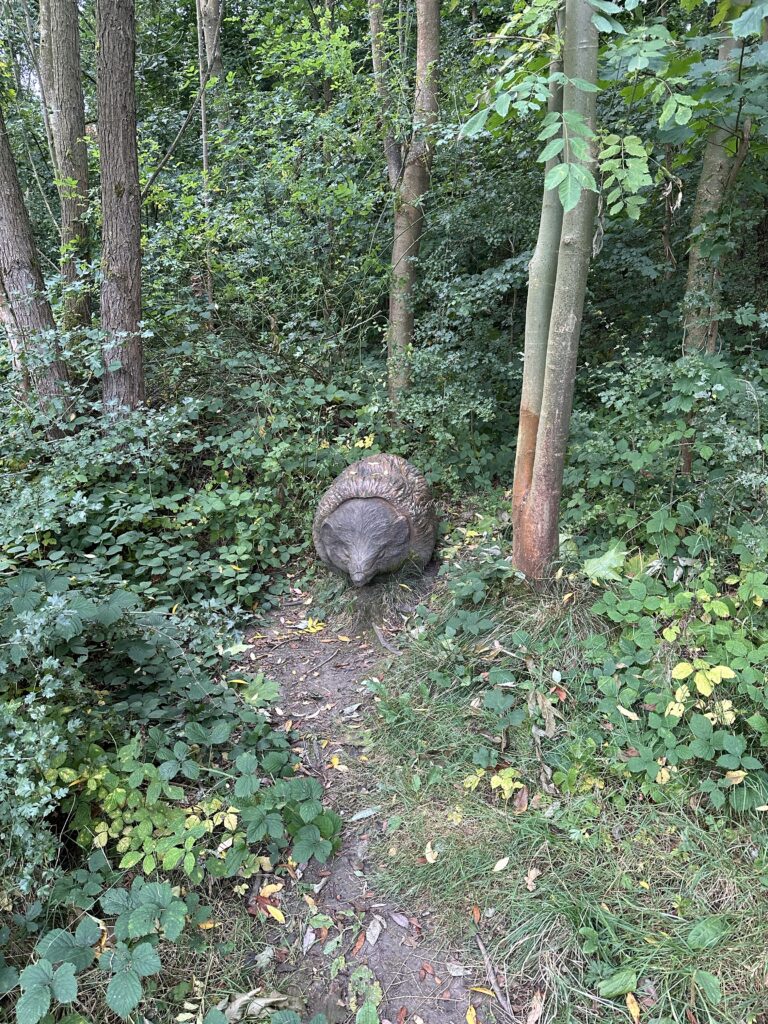

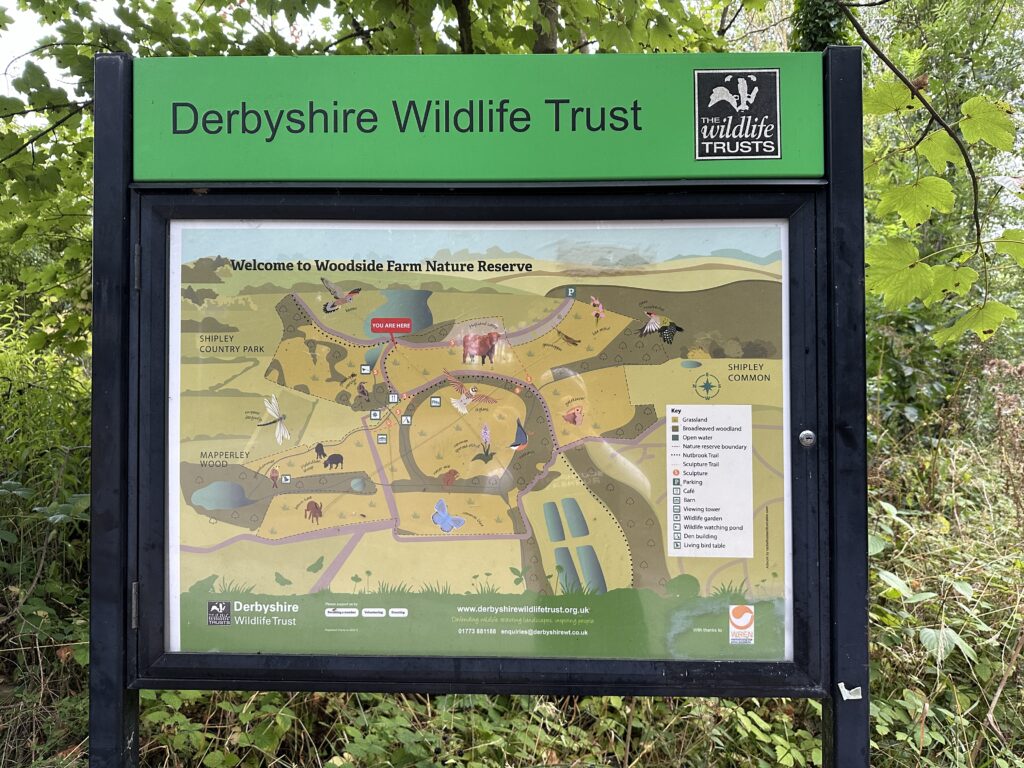




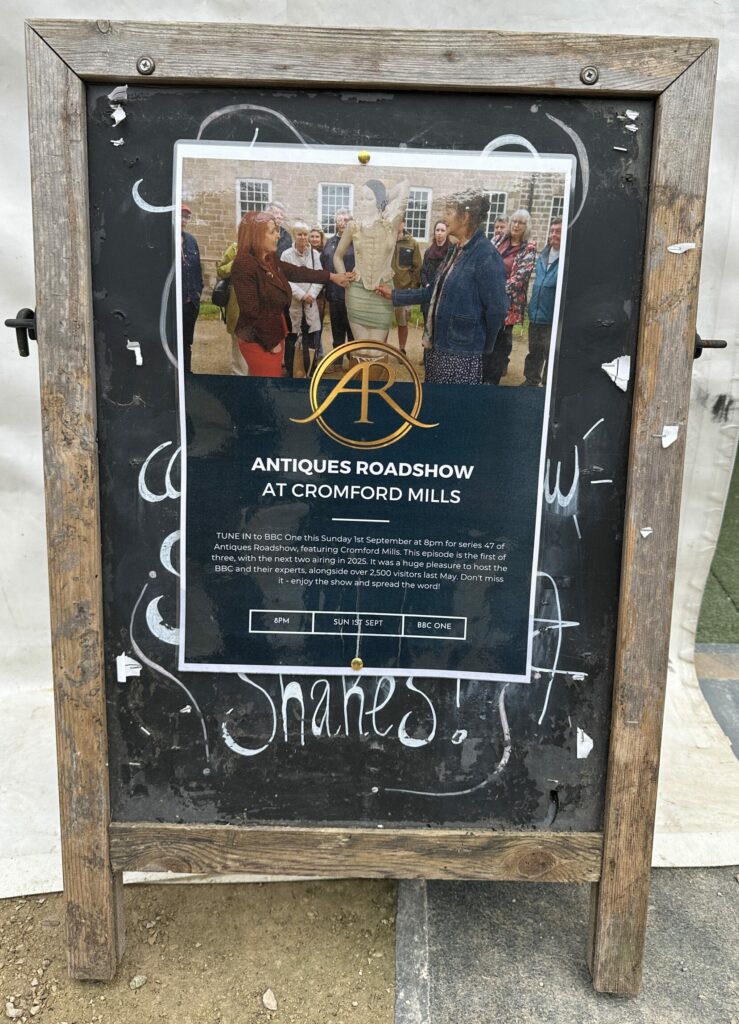

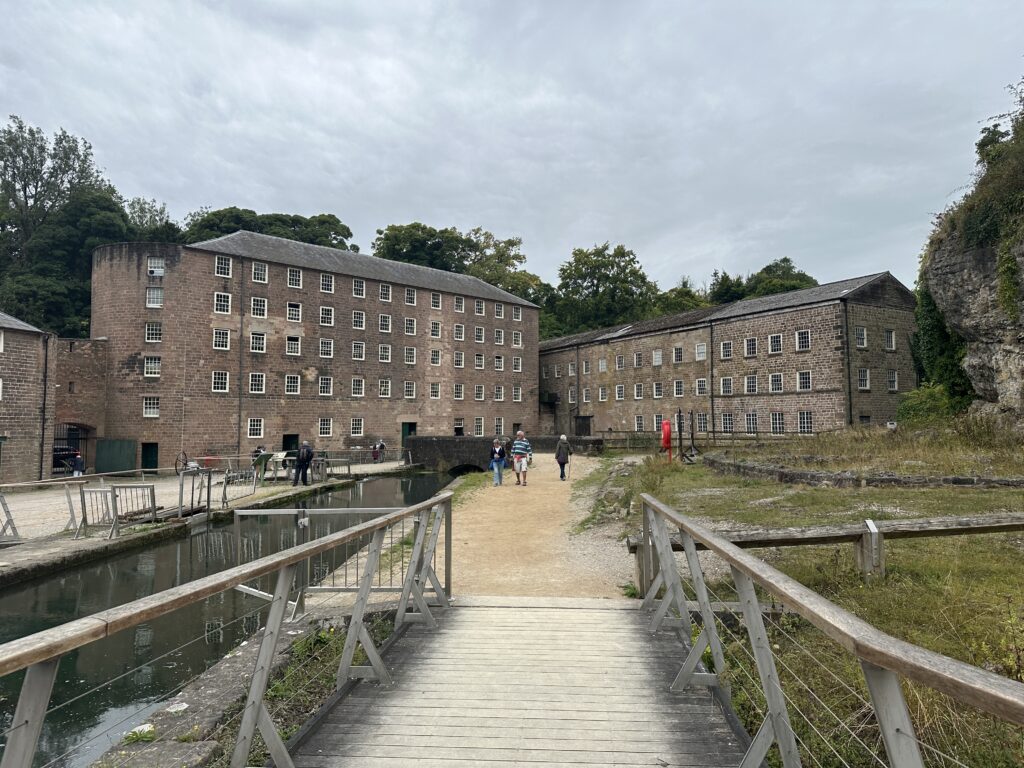


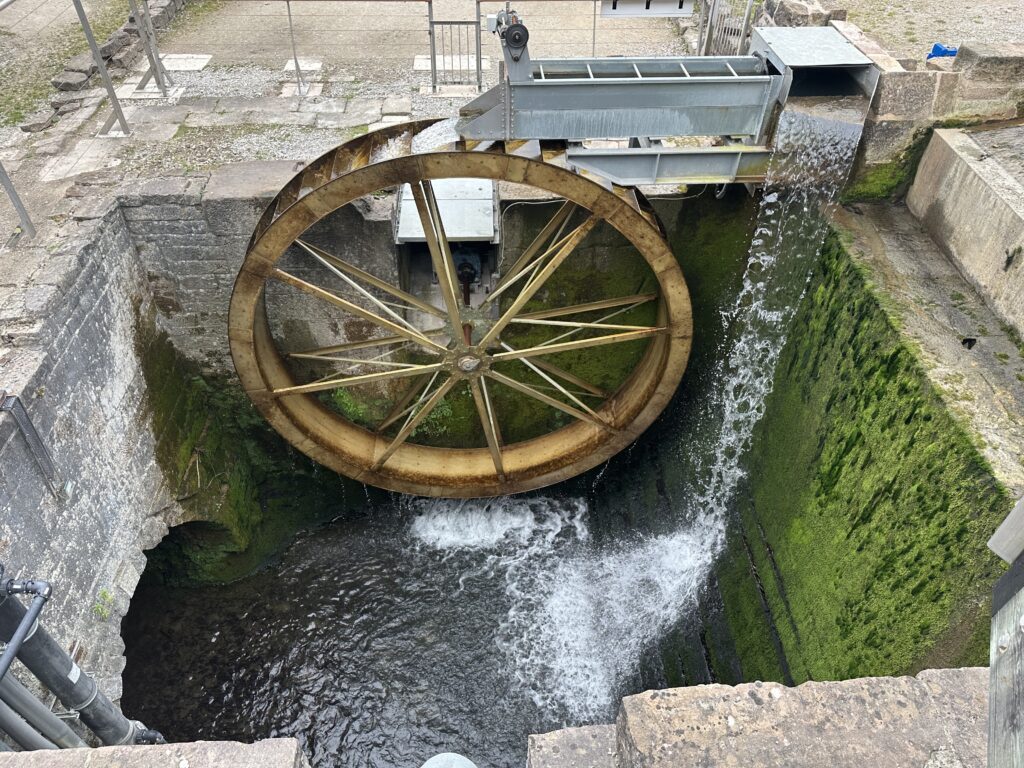
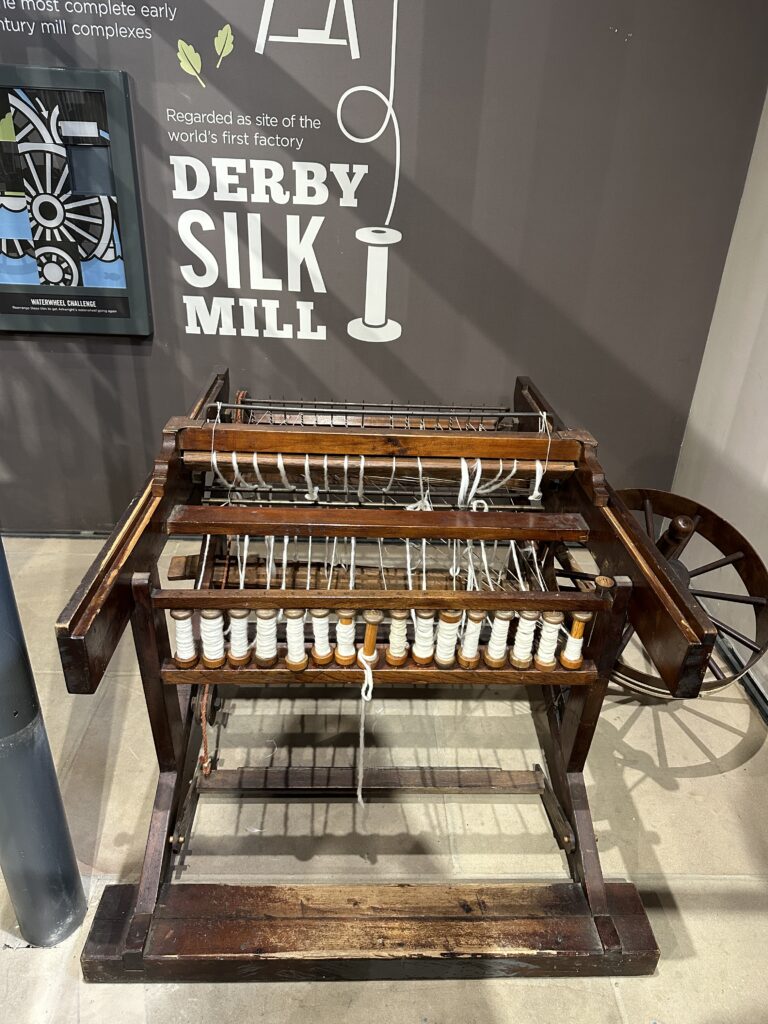

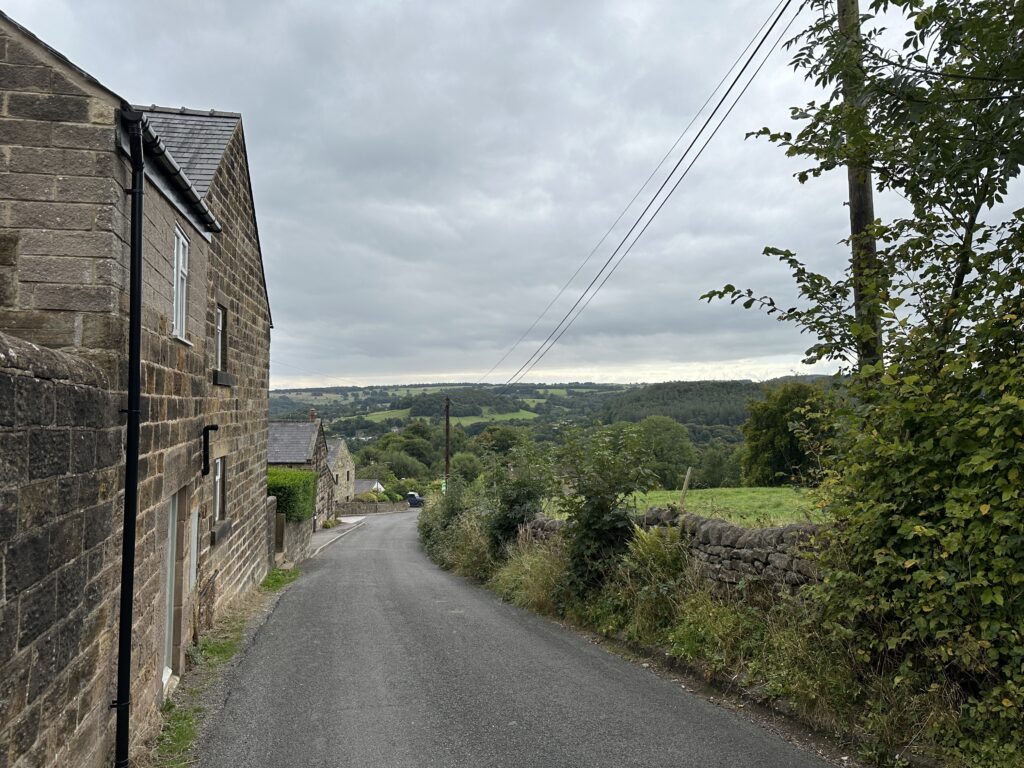
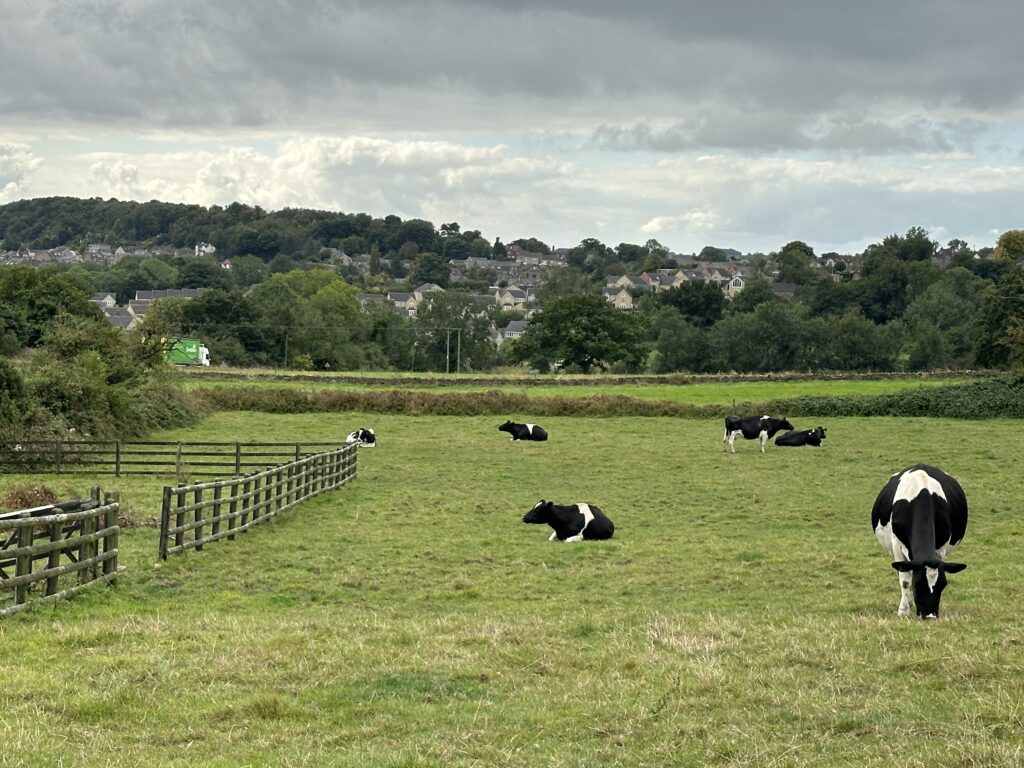

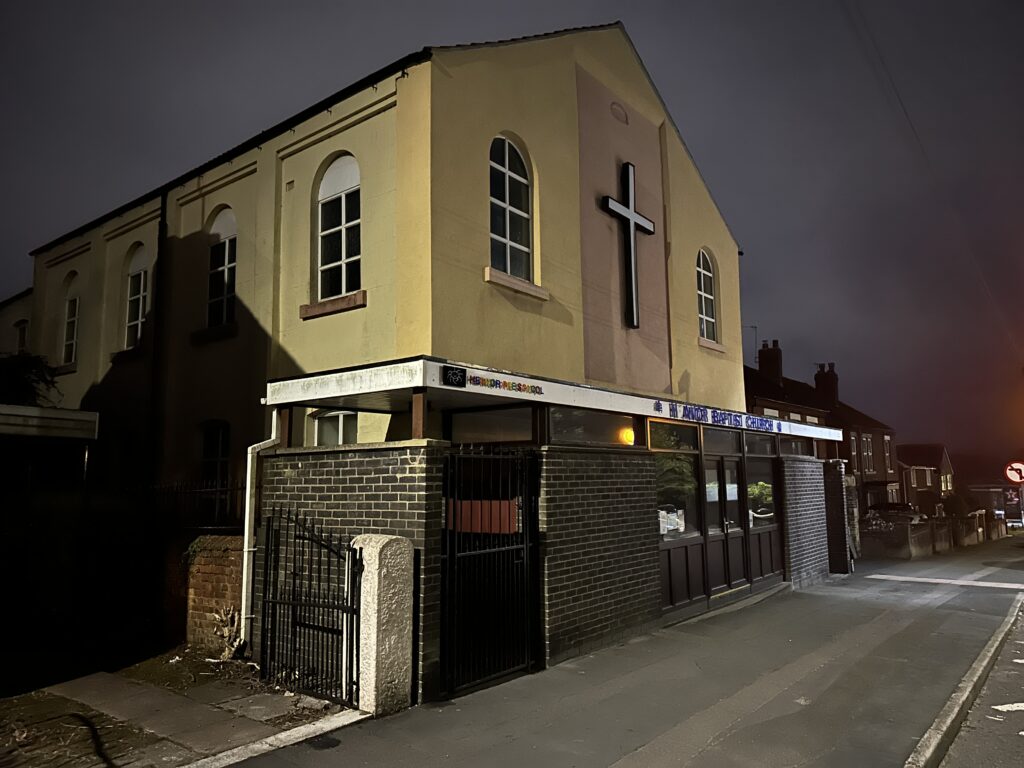
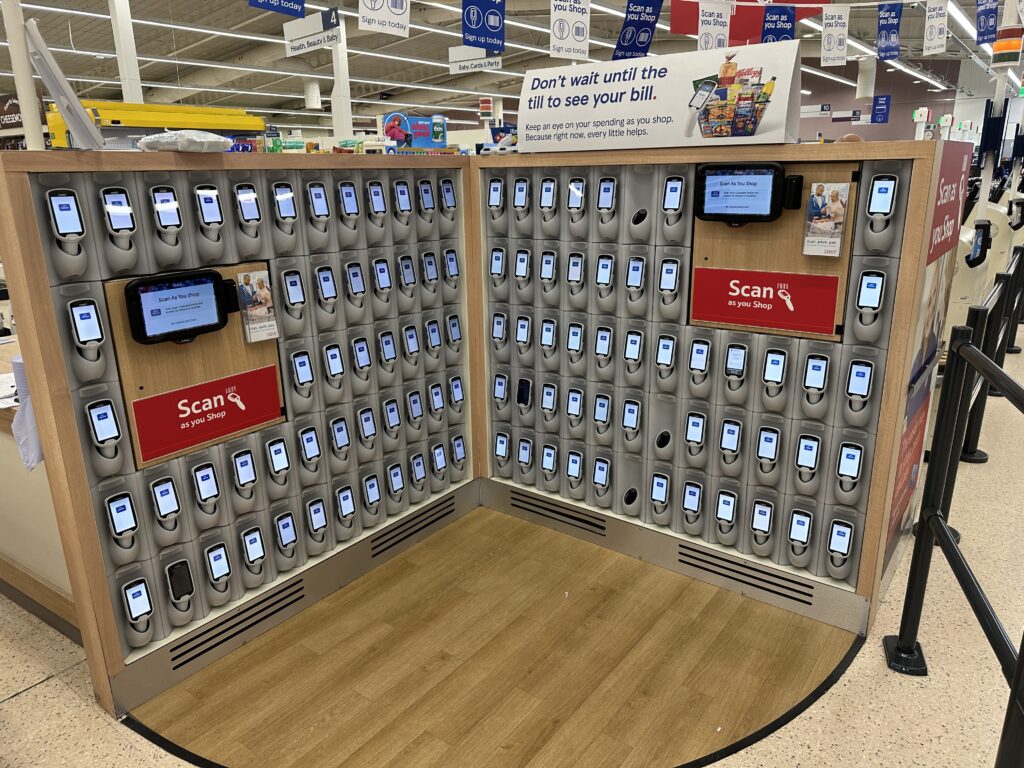
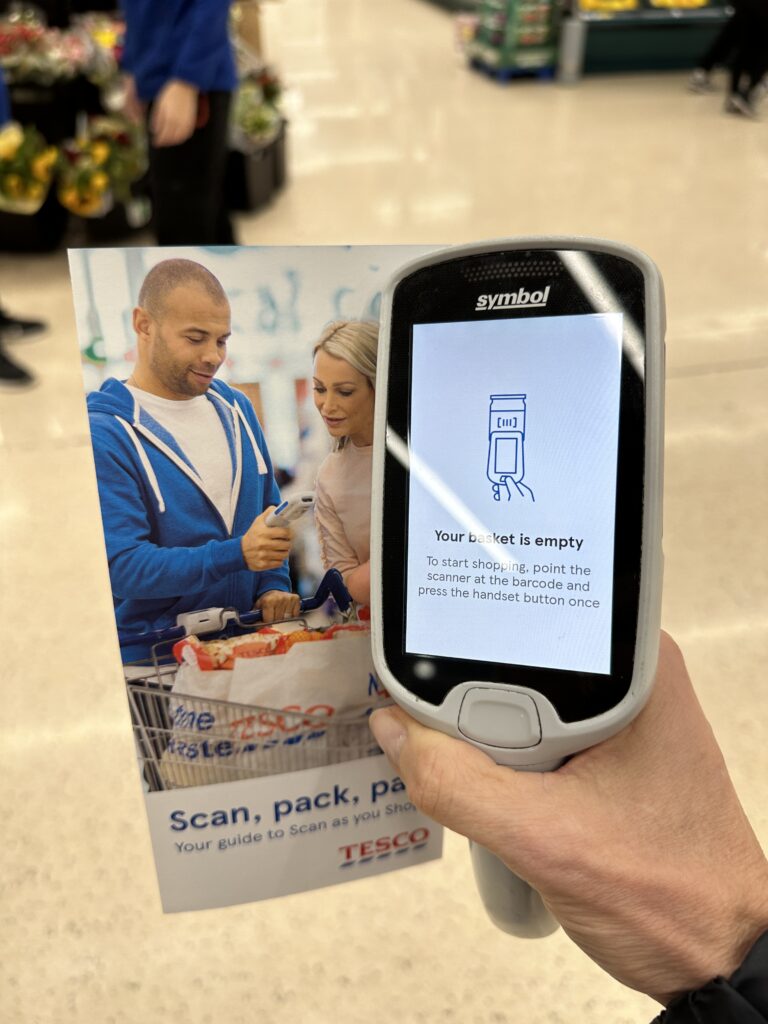

Comments are closed